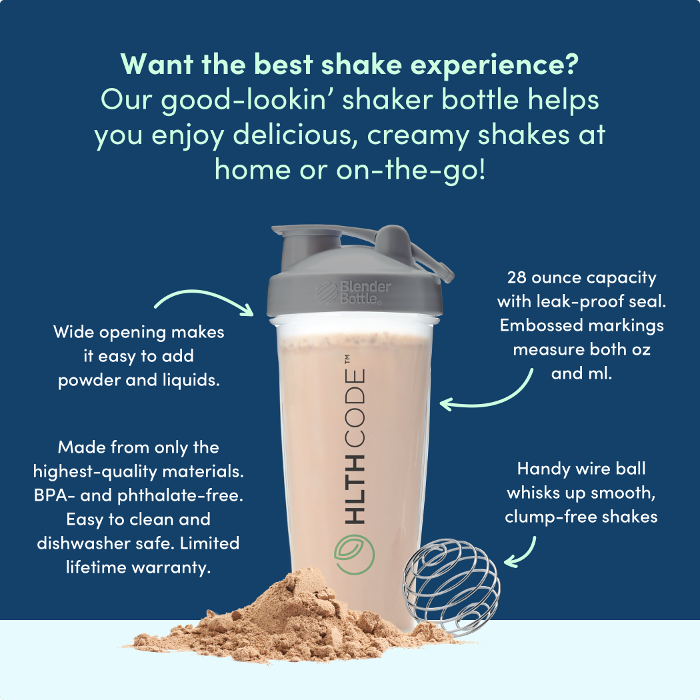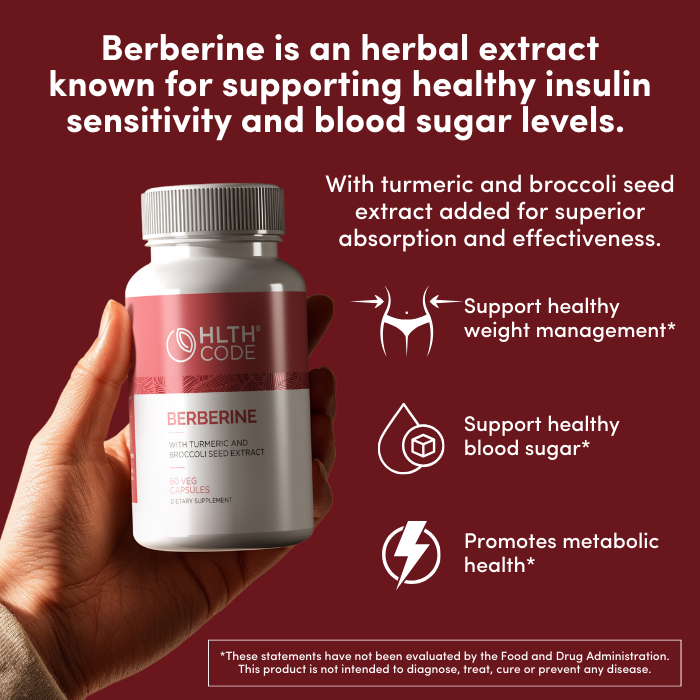What is the ideal diet to live as long (and as healthy) as possible?

Within the realm of biomedical research, the most sought-after outcome is to determine which way of eating reduces risk of chronic disease. After all, that’s why we (should) eat what and when we do–to live longer, healthier lives. Newly-published research helps shed some new light on the topic [1].
With this rather large study, which included data from over 200,000 people, scientists identified distinct “patterns” of eating, and then correlated this with chronic disease trends, including heart disease, cancers, diabetes, and overall mortality. There are naturally limitations to this kind of research–they use questionnaires to assess what people eat, for example. This kind of data capturing can be problematic because it’s challenging to accurately determine exactly what people eat. However, it’s fighting fire with fire–this is the kind of study that has been used to establish dietary policy around the world. So, while we can take these findings with a grain of salt, we can also know that, for better or worse, it’s a method that’s commonly used.
Among the distinct diets, scientists identified a “low insulinemic” eating pattern. Not surprisingly, this was a pattern that was low in refined starches and sugars–essentially, the people were avoiding the most insulin-spiking foods. In doing so, they apparently spent more time in states of normal insulin. Insulin is a necessary hormone, but it has a dark side when it’s elevated for too long. Hyperinsulinemia (i.e., elevated insulin in the blood) causes or accelerates myriad diseases, even certain cancers [2].
Beyond the direct effect of hyperinsulinemia on directly driving disease, too much insulin also causes whole-body insulin resistance [3]. Insulin resistance, separate from the hyperinsulinemia, also drives diseases, such as Alzheimer’s, polycystic ovary syndrome, and more.
Collectively, a diet that promotes hyperinsulinemia promotes insulin resistance. The combination of these builds the foundation of all of the plagues of prosperity–these chronic diseases that were once unheard of. In order to get the best of a “low insulinemic” diet, keep in mind the three pillars of smart eating: 1. Control carbohydrates (remember, these are the foods that can spike insulin the most); 2. Prioritize protein (protein has little to no effect on insulin); 3. Don’t fear fat (fat alone has no effect on insulin, and often comes with the best proteins).
References
- https://www.nature.com/articles/s41591-023-02235-5
- https://synapse.koreamed.org/articles/1147872
- https://www.hindawi.com/journals/jdr/2014/765784/
This article is for informational and educational purposes only. It is not, nor is it intended to be substitute for professional medical advice, diagnosis, or treatment and should never be relied upon for specific medical advice.



















